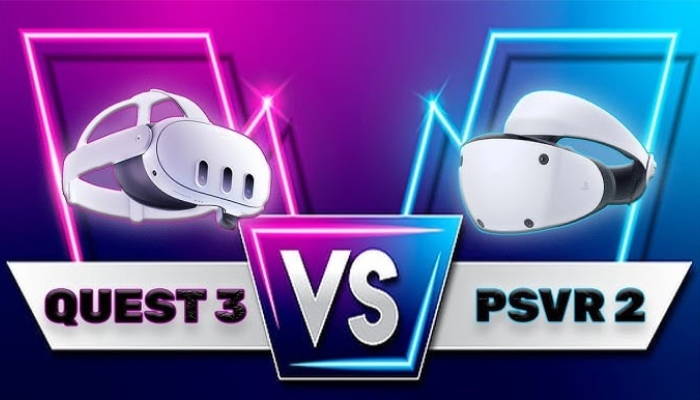
The imminent arrival of the Google Pixel 8 and Pixel 8 Pro signals Google’s consistent adherence to a reliable release schedule for their Pixel smartphones.
The Google Pixel 7 and Pixel 7 Pro stand out as exceptional devices, potentially ranking among the finest smartphones ever produced by Google. Nevertheless, despite their noteworthy strengths, several issues and missed chances weigh down both phones. This predicament would be inconsequential if the competition remained stagnant, but that is not the case. The Apple iPhone 14 Pro recently revitalized its design after years, while the recently launched Samsung Galaxy S23 Ultra is widely regarded as one of the most remarkable smartphones ever crafted. In light of these circumstances, the question arises: How can the modest Pixel lineup keep up?
Design of the Google Pixel 8 and Pixel 8 Pro: A Closer Look
Thus far, leaked information indicates that Google has no plans for significant alterations in the Pixel 8 series. The overall design is expected to closely resemble that of the Pixel 7 Pro, featuring rounded edges as a preferred choice by Google. Additionally, there will be a slight increase in width and a more pronounced rounding of the corner profile. This design approach is supported by case designers, as leaked images of cases align with the earlier design leaks. However, it is important to note that case manufacturers often create renders based on the most probable leaks and may not have direct insider information from Google.
Following the Pixel line’s tradition, we can anticipate the utilization of a dual-tone design, with glass panels on both the front and back, accompanied by a metal frame that extends to the camera bar strip on the rear of the device. However, there seems to be a change in the camera bar design, particularly in how the lenses are housed. Instead of the current dual cutout design seen on the Pixel 7 Pro, the Pixel 8 Pro appears to feature a single elongated pill-shaped cutout that will accommodate all three camera sensors.
Similar to many modern smartphones, the camera bar is expected to house a high-resolution primary camera, an ultrawide camera, and a periscope-style telephoto lens. Additionally, a leaked video reveals the presence of another circular cutout beneath the LED flash, which is speculated to be a temperature sensor. The video depicts a model removing their glasses and bringing the sensor close to their face to obtain a reading. If authentic, this inclusion seems rather peculiar, and it remains unclear why such a specialized sensor would be deemed valuable for a mainstream flagship phone. Furthermore, this feature appears to be exclusive to the Pixel 8 Pro, as the leaked renders of the Pixel 8 do not show the presence of this sensor.
Based on leaks, the standard Pixel 8 showcases a rounded design with a metallic frame and a horizontal camera bar positioned on the back. The camera setup consists of dual sensors housed within a single pill-shaped cutout. A noticeable design change can be observed in the more prominent earpiece grille located at the top, distinguishing it from the Pixel 7 and Pixel 7 Pro.
Furthermore, it appears that the Pixel 8 will have a smaller form factor compared to its predecessor, appealing to those who prefer compact phones. The dimensions of the Pixel 8 are reported to be approximately 150.5mm x 70.8mm x 8.9mm, making it smaller than the Pixel 7, which measures 155.6mm x 73.2mm x 8.7mm. This reduction in size equates to a decrease in height by around 5mm and a narrower width of 2.4mm. If these speculations hold true, the Pixel 8 should provide a more comfortable feel when held in hand.
Reports have confirmed the inclusion of an FIR (Far Infrared) thermometer sensor in the Pixel 8 Pro. Contrary to initial speculations suggesting its use for thermal photography, the Melexis MLX90632 sensor is primarily intended for highly precise, non-contact temperature measurements, including body temperature.
Apart from this addition, not many changes are evident, particularly in terms of bezel thickness. The front-facing camera retains its position from the Pixel 7 Pro, and the screen of the Pixel 8 Pro appears to have a flat display, departing from the curved sides of its predecessor.
The display is speculated to have a size of approximately 6.52 inches and could utilize an OLED panel with a minimum refresh rate of 90Hz. As for the phone’s dimensions, it is expected to measure around 162.6mm in height, 76.5mm in width, and 8.7mm in thickness.
Google Pixel 8 and Pixel 8 Pro: specs
What specifications can we expect from the Pixel 8 and Pixel 8 Pro? While we have a fairly good understanding of their design, let’s delve into the potential specs.
It’s highly anticipated that the upcoming devices will feature Google’s next-generation Tensor chip, likely named the Tensor G3. Reports suggest that this chip will be manufactured using the advanced 3nm process, which promises significant improvements in terms of raw performance and power efficiency.
Battery efficiency was a concern with the Pixel 7 series, with users reporting subpar battery life and heat buildup during resource-intensive tasks. It is hoped that the next-generation Tensor chip will address these issues in the Pixel 8 lineup.
Moving on to the display, last November, WinFuture discovered two Google device codenames: Husky and Shiba. Husky is believed to correspond to the Pixel 8 Pro and is expected to offer a display resolution of 2822 x 1344. On the other hand, the regular Pixel 8 (codenamed Shiba) is likely to have a slightly lower-resolution display at 2268 x 1080. Both phones are expected to utilize OLED panels.
WinFuture’s investigation also revealed that both the Pixel 8 and Pixel 8 Pro are likely to come equipped with 12GB of RAM, a significant upgrade from the base 8GB of RAM found in the Pixel 7 series.




